On a market I recently found a dozen of very small European collectors cards. They must date from the early 1950s and some are in colour and others in black and white. The formats also differ, as do the countries of origin. Of most the cards the origin is unclear, but some were produced as trading cards for bubble gum packets. Do you remember that pink chewing gum with which we could produce these giant bubbles? And now I do remember that in my time these sometimes included little pictures of pop stars. That was the 1960s when pop music and TV shows were all the rage among kids, but in the 1950s kids worshipped film stars.
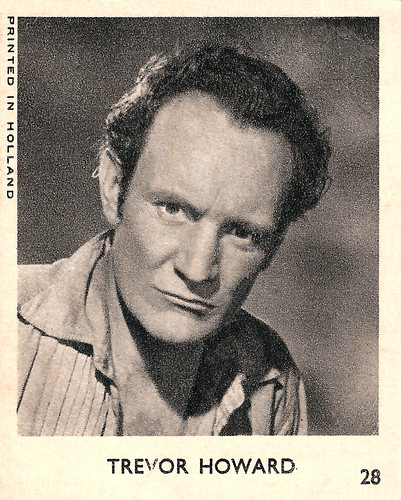
Trevor Howard. Small Dutch collectors card for Klene's VAL Bubble Gum, no. 28.
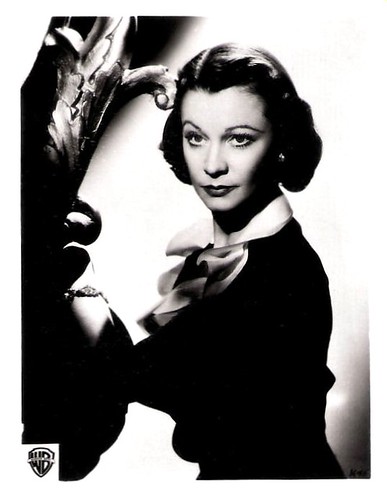
Vivien Leigh. Small German collectors card. Photo: Warner Bros.
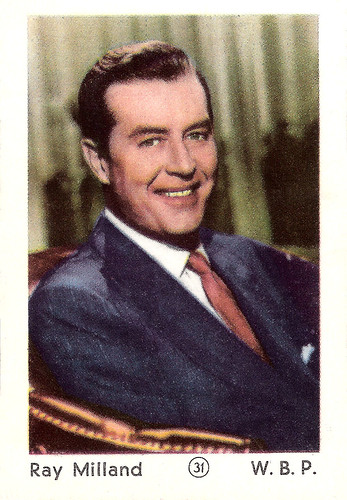
Ray Milland. Small German collectors card by Maple Leaf Canadian Chewing Gum, Wesel, no. 31. Photo: W.B.P.
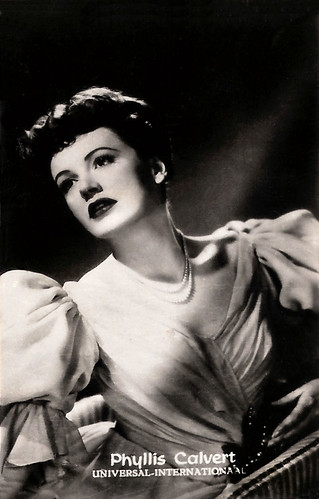
Phyllis Calvert. Small vintage collectors card. Photo: Universal International.
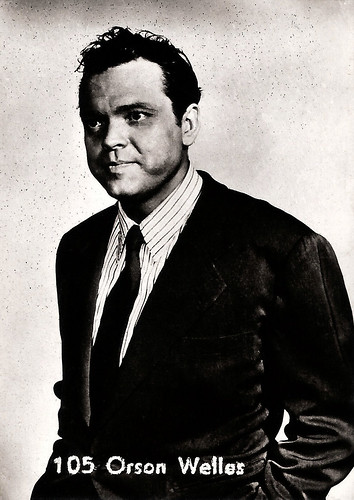
Orson Welles. Small Belgian collectors card by Belgian Chewing Gum Ltd., Antwerp, no. 105.
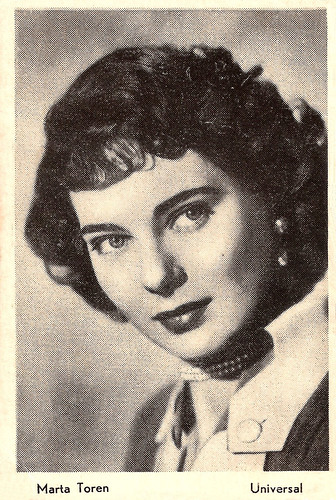
Marta Toren. Small vintage collectors card. Photo: Universal.
In 1928, Walter E. Diemer, an accountant for the Fleer Chewing Gum Company in Philadelphia, was experimenting with new gum recipes. One recipe was found to be less sticky than regular chewing gum, and stretched more easily.
This gum became highly successful and was eventually named by the president of Fleer as Dubble Bubble because of its stretchy texture. The original bubble gum was pink in colour because that was the only dye Diemer had on hand at the time and it was his favourite colour.
In modern chewing gum, if natural rubber such as chicle is used, it must pass several purity and cleanliness tests. However, most modern types of chewing gum use synthetic gum based materials. These materials allow for longer-lasting flavor, a better texture, and a reduction in tackiness.
In 1996, Susan Montgomery Williams of Fresno, California set the Guinness World Record for largest bubblegum bubble ever blown, which was 26 inches or 66 cm in diameter.
Chewing gum was widely popular from the mid 20th century until a peak in 2009, after which sales began to decline. During the period between 2009 and 2013 sales of chewing gum fell 11 percent. And yes, I have to admit, nowadays I prefer candy like Smint.
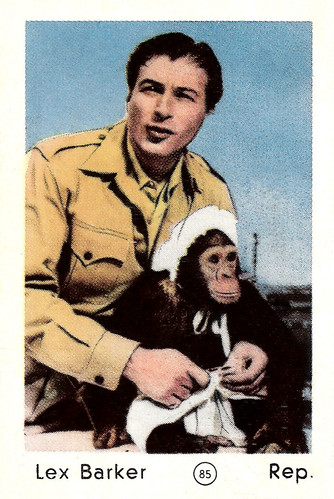
Lex Barker. Small German collectors card, no. 85. Photo: Republic.
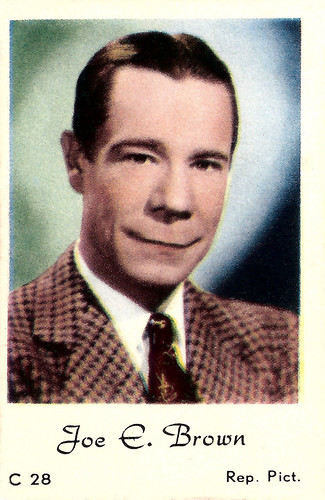
Joe E. Brown. Small vintage collectors card, no. C 28. Photo: Republic Pictures.
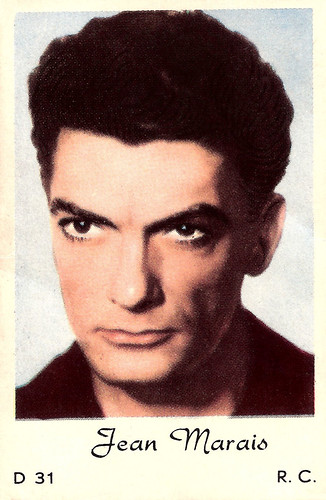
Jean Marais. Small vintage collectors card, no. D 31. Photo: R.C.
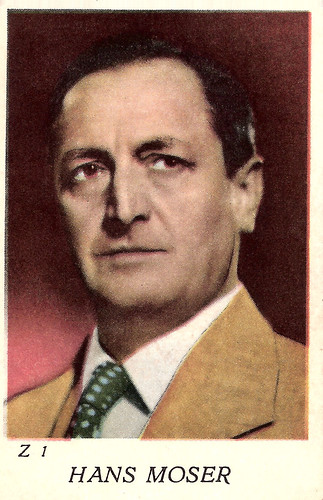
Hans Moser. Small vintage collectors card, no. Z 1.
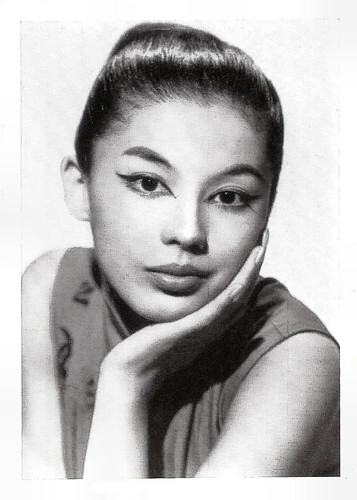
France Nuyen. Small vintage collectors card.
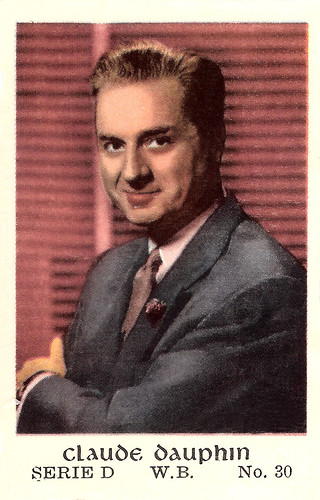
Claude Dauphin. Small collectors card, Serie D, no. 30. Photo: Warner Bros. Publicity still for April in Paris (David Butler, 1952).
This is a post for Postcard Friendship Friday, hosted by Beth at the The Best Hearts are Crunchy. You can visit her by clicking on the button below.

Source: Wikipedia.

Trevor Howard. Small Dutch collectors card for Klene's VAL Bubble Gum, no. 28.

Vivien Leigh. Small German collectors card. Photo: Warner Bros.

Ray Milland. Small German collectors card by Maple Leaf Canadian Chewing Gum, Wesel, no. 31. Photo: W.B.P.

Phyllis Calvert. Small vintage collectors card. Photo: Universal International.

Orson Welles. Small Belgian collectors card by Belgian Chewing Gum Ltd., Antwerp, no. 105.

Marta Toren. Small vintage collectors card. Photo: Universal.
The history of Bubble Gum
In 1928, Walter E. Diemer, an accountant for the Fleer Chewing Gum Company in Philadelphia, was experimenting with new gum recipes. One recipe was found to be less sticky than regular chewing gum, and stretched more easily.
This gum became highly successful and was eventually named by the president of Fleer as Dubble Bubble because of its stretchy texture. The original bubble gum was pink in colour because that was the only dye Diemer had on hand at the time and it was his favourite colour.
In modern chewing gum, if natural rubber such as chicle is used, it must pass several purity and cleanliness tests. However, most modern types of chewing gum use synthetic gum based materials. These materials allow for longer-lasting flavor, a better texture, and a reduction in tackiness.
In 1996, Susan Montgomery Williams of Fresno, California set the Guinness World Record for largest bubblegum bubble ever blown, which was 26 inches or 66 cm in diameter.
Chewing gum was widely popular from the mid 20th century until a peak in 2009, after which sales began to decline. During the period between 2009 and 2013 sales of chewing gum fell 11 percent. And yes, I have to admit, nowadays I prefer candy like Smint.

Lex Barker. Small German collectors card, no. 85. Photo: Republic.

Joe E. Brown. Small vintage collectors card, no. C 28. Photo: Republic Pictures.

Jean Marais. Small vintage collectors card, no. D 31. Photo: R.C.

Hans Moser. Small vintage collectors card, no. Z 1.

France Nuyen. Small vintage collectors card.

Claude Dauphin. Small collectors card, Serie D, no. 30. Photo: Warner Bros. Publicity still for April in Paris (David Butler, 1952).
This is a post for Postcard Friendship Friday, hosted by Beth at the The Best Hearts are Crunchy. You can visit her by clicking on the button below.

Source: Wikipedia.
1 comment:
Paul, I LOVED this post. I have never heard of bubblegum postcards! lol They are delightful and the history you portrayed made my day. I remember little comics being enclosed with Bazooka Bubblegum. I would have LOVED to have found a pic like this in my bubblegum wrapper.
Delightful post. Blessings to you there in Amsterdam, my Friend!
Post a Comment